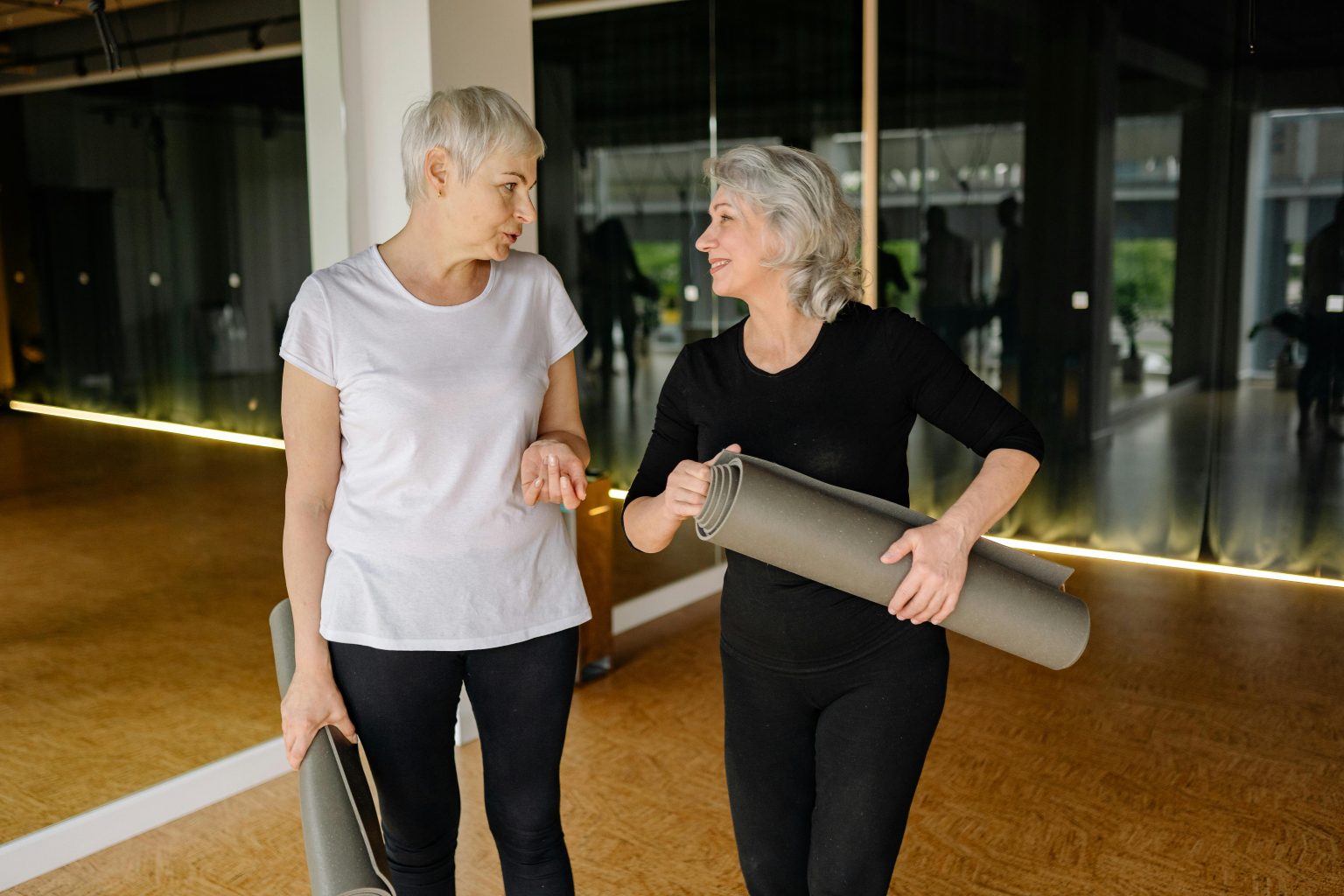As people live longer and healthier lives, the concept of aging has undergone a significant transformation. More and more older adults are redefining what it means to grow older by staying active, engaged, and socially connected. One of the most impactful ways this shift is being reflected is through the growing popularity of active lifestyle communities for elders. These communities are designed not just for living, but for thriving. Offering a blend of independence, recreational opportunities, wellness programs, and social engagement, active lifestyle communities are changing the face of retirement and senior living.
Promoting Physical Health and Wellness
Active lifestyle communities are centered around the idea that physical activity is key to maintaining health and independence in later years. These communities typically offer amenities such as walking trails, fitness centers, swimming pools, yoga and tai chi classes, and golf courses. The goal is to create an environment that encourages residents to move regularly and engage in physical exercise that suits their ability and interests. This focus on physical wellness not only helps prevent chronic diseases such as heart disease and diabetes, but also contributes to increased mobility, balance, and overall energy levels.
Fostering Mental and Emotional Well-being
Staying mentally sharp and emotionally balanced is just as important as maintaining physical health. Active lifestyle communities support cognitive well-being by offering opportunities for lifelong learning, art and music classes, discussion groups, and access to libraries or learning centers. These activities stimulate the brain, challenge memory and critical thinking, and keep residents intellectually engaged. Emotional well-being is also nurtured through structured support groups, meditation sessions, and access to counseling services, all of which help residents manage stress, process emotions, and maintain a positive outlook on life.
Encouraging Social Connection and Engagement
Isolation is a common issue among older adults, and it can significantly affect mental and physical health. Active lifestyle communities are designed to combat loneliness by fostering a strong sense of community and connection. These communities often organize regular events such as communal dinners, holiday celebrations, volunteer opportunities, game nights, and group excursions. The shared spaces, such as clubhouses, cafes, and community gardens, provide casual settings where residents can form friendships and build support networks. This social interaction not only enhances daily life but also contributes to a longer and more fulfilling existence.
Supporting Independence and Autonomy
One of the defining features of active lifestyle communities is the balance between support and independence. Residents often live in private apartments, cottages, or homes and manage their own routines while enjoying the benefits of a well-maintained, safe environment. Services such as housekeeping, transportation, and meal plans are available but optional, allowing individuals to choose the level of assistance they need. This autonomy is empowering, allowing seniors to maintain their dignity and freedom while knowing that help is readily available if needed.
Offering a Variety of Recreational Opportunities
Life in an active lifestyle community is far from monotonous. These communities prioritize variety and enrichment, offering a diverse range of recreational activities. Residents can participate in gardening clubs, join theater groups, attend concerts, or engage in crafting and cooking workshops. Outdoor enthusiasts can take part in nature walks, bird watching, or fishing excursions. By providing access to meaningful and enjoyable experiences, these communities ensure that residents have the opportunity to pursue hobbies, discover new interests, and enjoy a high quality of life.
Creating a Safe and Supportive Environment
Safety and security are top priorities in active lifestyle communities. These environments are typically designed with seniors in mind, featuring well-lit pathways, accessible facilities, emergency call systems, and on-site medical staff or partnerships with healthcare providers. Knowing that medical help and support are nearby allows residents and their families to have peace of mind. At the same time, the focus remains on wellness and prevention rather than illness, reinforcing the community’s proactive approach to healthy aging.
A Lifestyle Choice, Not a Compromise
Choosing to move into an active lifestyle community is not about settling for less—it’s about choosing more. More freedom, more opportunities, more connection, and more vitality. Today’s older adults are seeking environments that reflect their energy and enthusiasm for life, and these communities are rising to meet those expectations. They are no longer viewed as retirement homes, but as vibrant neighborhoods where life continues to be rich, dynamic, and full of purpose.
Active lifestyle communities are revolutionizing the way we think about aging. By promoting physical health, mental clarity, social interaction, and personal autonomy, they offer a fulfilling alternative for seniors who want to live life to the fullest. As more elders seek out these vibrant environments, the trend is clear—growing older no longer means slowing down. It means living actively, intentionally, and joyfully in a community that supports and celebrates every stage of life.

